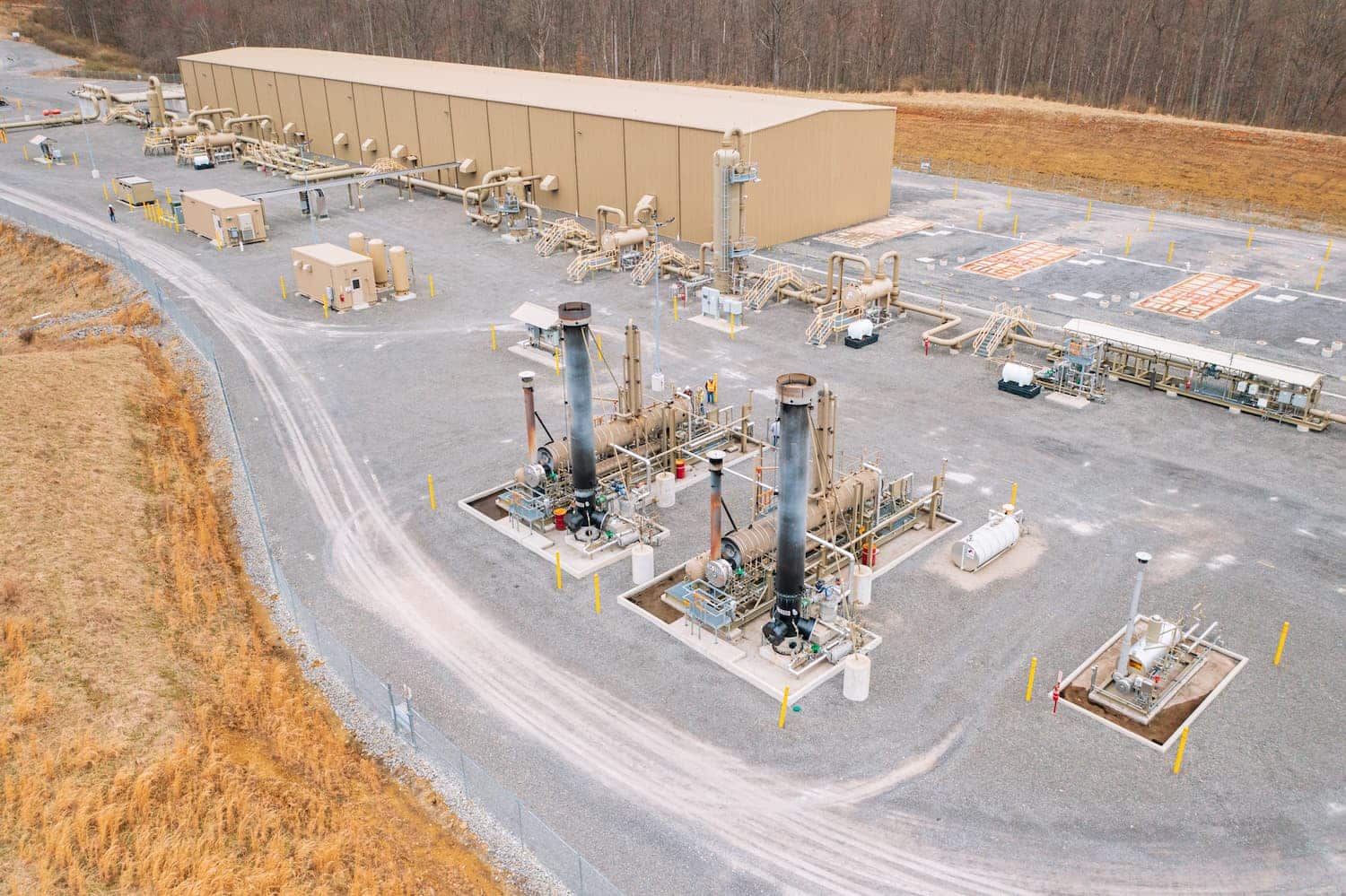An Expert Guide to Troubleshooting Oil and Gas Equipment: What to Check Before You Call
In oil and gas operations, unexpected equipment issues can trigger safety risks, unplanned downtime, and costly delays. Before calling in outside help, it’s worth running through a structured set of oil and gas troubleshooting steps. By methodically diagnosing issues, whether it’s an unexplained pressure drop or poor heat transfer, you may spot simple fixes or narrow down the cause.
Total Product Services (TPS) crafted this guide to cover common process equipment diagnostics you can perform safely and effectively, plus tips on when it’s time to bring in expert support. (If that point comes, our team can deliver a full system diagnostic.)

Step 1: Safety First and Initial Checks
Before starting any troubleshooting, always put safety first. Once the site is secure, begin with basic checks to ensure the system is safe to inspect and operate.
Follow Safety Protocols – Wear appropriate PPE, lockout/tagout equipment, and follow facility procedures.
Define the Problem – Is it a sudden pressure loss, an unstable temperature, or erratic flow? Document when it began and any related events, such as a process upset or recent maintenance.
Visual Inspection – Look for leaks, stains, drips, or vibration. Even a corroded joint weeping fluid can explain a pressure drop.
Verify Instrumentation – Compare local gauges with control system readings. A faulty transmitter or plugged impulse line can mimic a real issue.
Compare to Design Specs – Deviations in pressure, flow, or temperature from normal operating parameters help narrow the fault location.
Review Maintenance Logs – Issues that appear right after work may be linked to misassembled products or incorrect settings.

Step 2: Pressure Drop and Low Pressure Issues
Pressure drop (when downstream pressure is lower than expected) is one of the most common oil and gas problems. It can be caused by mechanical restrictions, equipment wear, or process-related bottlenecks that disrupt flow. Identifying the source begins with measuring actual pressure conditions and tracing where the loss is occurring.
Potential Causes & Checks
Leaks in Lines or Vessels – Gas or air leaks can bleed pressure continuously. Walk the line, listen for hissing or use ultrasonic detectors.
Clogged Filters or Strainers – Higher than normal differential pressure before/after a filter suggests fouling. Clean or replace as needed.
Partially Closed or Misadjusted Valves – Verify valve positions and regulator sizing.
Pump or Compressor Issues – Check suction pressure, NPSH, impeller condition, and motor rotation.
Instrumentation Errors – Cross-check readings with calibrated handheld gauges before dismantling equipment.
Tip: Divide the system into segments and measure at multiple points to pinpoint where the drop occurs.
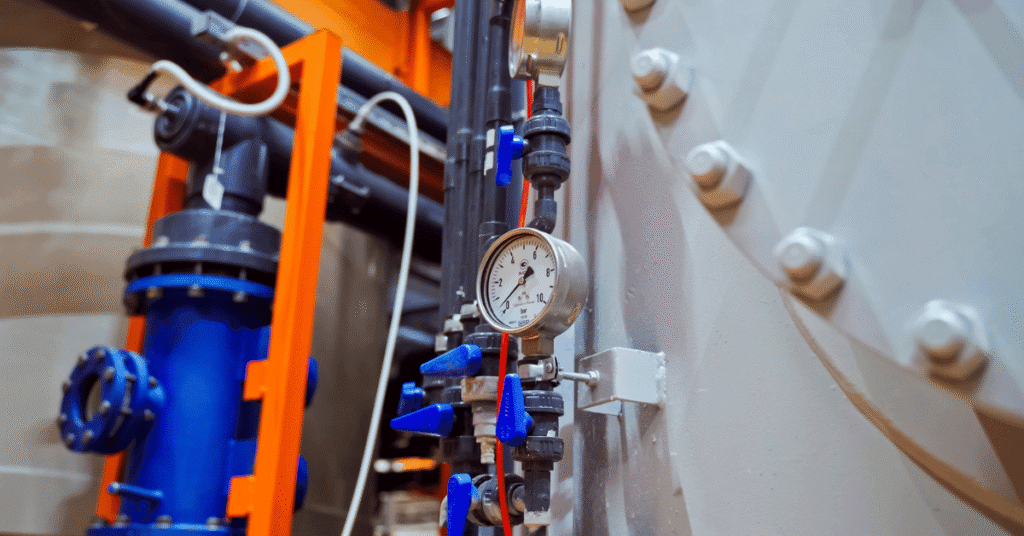
Step 3: Thermal Inefficiency
If a heater isn’t reaching its target temperature or a cooler isn’t removing enough heat, there’s likely a root cause affecting thermal performance. These problems can stem from mechanical wear, process imbalances, or instrumentation faults. Pinpointing the issue starts with verifying heat transfer conditions and ruling out the most common culprits.
Potential Causes & Checks
Heat Exchanger Fouling – Deposits like scale or wax reduce heat transfer efficiency and increase pressure drop. Compare inlet/outlet temperature differentials and inspect if possible.
Insufficient Heating/Cooling Medium – Verify steam, hot oil, or cooling water supply conditions. A failed steam trap or fan can be the culprit.
Bypass or Control Valve Issues – Leaking or open bypass valves may route flow around the exchanger.
Instrumentation and Setpoints – Incorrect sensor readings or mis-set controls can skew operation.
Mechanical Integrity Problems – Missing baffles, internal debris, or tube damage may require inspection.
Step 4: Flow Rate and Throughput Problems
Flow irregularities that are too low, too high, or unstable usually signal an underlying issue in the process system. Pinpointing the cause starts with confirming readings, then isolating whether the problem is mechanical, process-related, or tied to controls.
Potential Causes & Checks
Clogged Lines or Restrictions – Partial blockages cause abnormal pressure drops as flow increases.
Pump Starvation or Gas Lock – Check suction conditions, fluid levels, and inlet screens.
Compressor Recycle or Capacity Controls – Ensure recycle valves are closed and capacity controls are operating normally.
Control Valve Failures – Stuck or unresponsive valves can throttle flow unexpectedly.
Fluid Property Changes – Increased viscosity or unexpected multiphase flow can reduce pump and valve capacity.
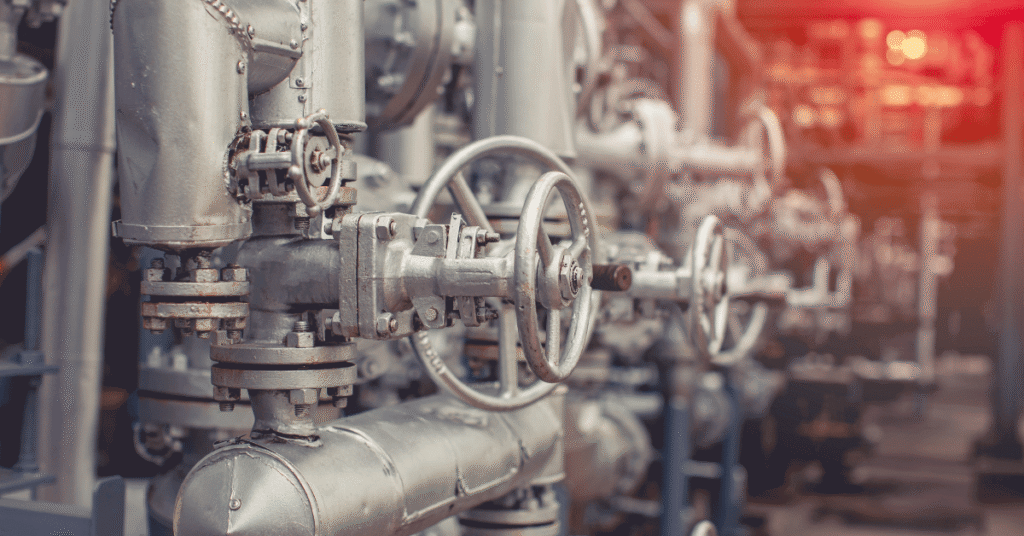
Step 5: Instrumentation and Control Glitches
When troubleshooting oil and gas equipment, it’s easy to focus solely on mechanical and process-related causes. Sometimes the underlying issue isn’t with the equipment’s physical performance, it’s with the data you’re relying on to make decisions.
When the data is wrong, every decision built on it will be wrong too, so fixing the source of the information can be just as important as fixing the process.
Potential Causes & Checks
Sensor Health – Verify suspect readings manually. Blocked impulse lines are a common cause.
Controller Settings – Poor PID tuning can cause oscillations that look like process disturbances.
Valve Actuation – Observe control valves to ensure smooth, accurate movement.
Calibration Errors – Incorrect ranges or wiring can cause bad data.
Power/Network Issues – Multiple simultaneous faults may point to automation system problems.
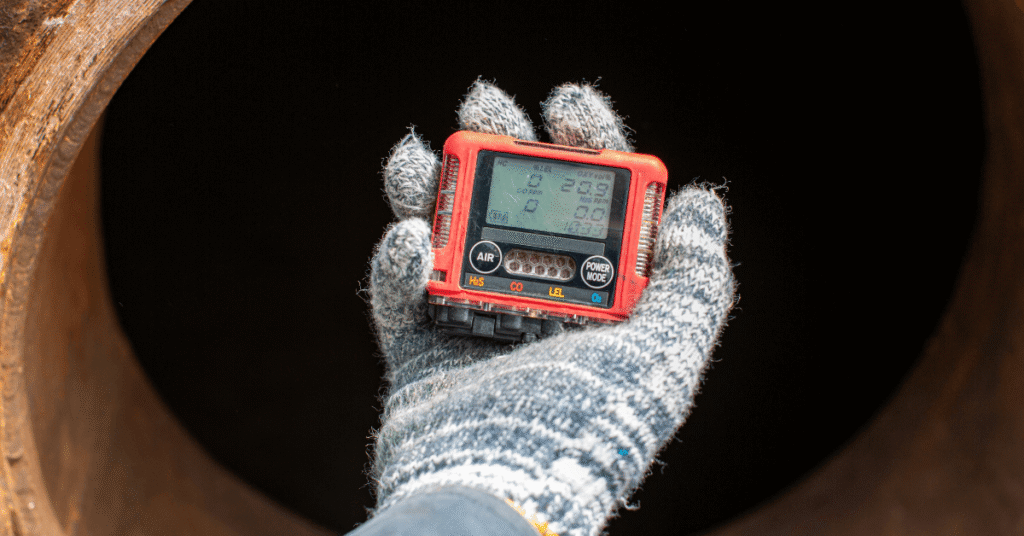
Know When to Escalate
If the equipment still isn’t performing after you’ve already inspected for leaks, blockages, fouling, pump or compressor faults, and control system issues, then it’s time to bring in specialized resources.
Certain problems require tools, data, and expertise beyond standard field checks, including:
Vibration Analysis – Detects early signs of mechanical wear, imbalance, or misalignment before they cause major failures.
Infrared Thermography – Identifies hidden hot spots, insulation failures, and uneven heating or cooling in process equipment.
Simulation Modeling – Virtually recreates system conditions to test scenarios, optimize performance, and predict failure modes.
Specialized Emissions Testing – Ensures compliance and uncovers performance issues linked to combustion or process inefficiencies.
By escalating at the right time, you avoid unnecessary downtime, reduce repair costs, and protect safety. The key is recognizing when in-field troubleshooting has reached its limit, and calling in experts who can deploy advanced diagnostics to get your operation back on track.
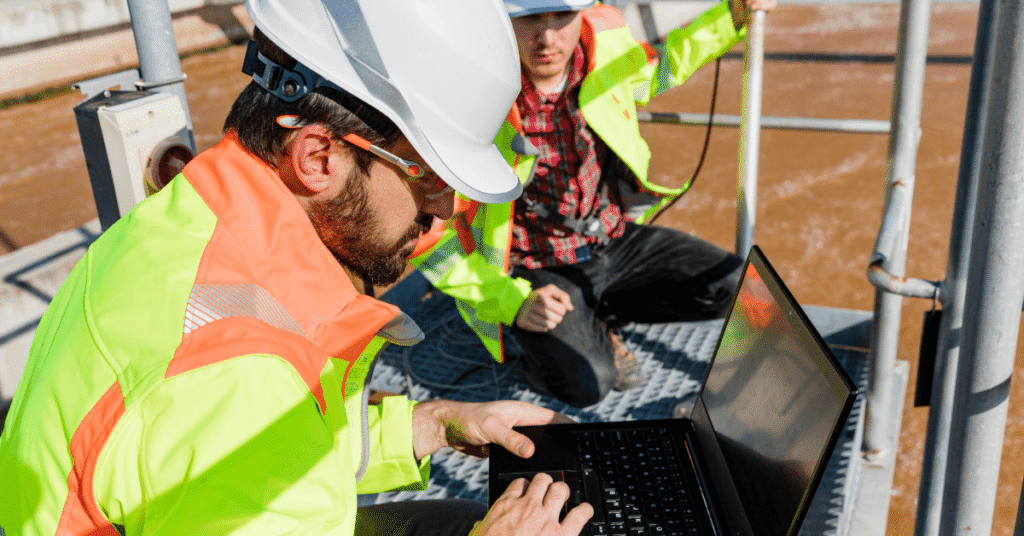
Final Takeaway: From Symptoms to Solutions
Methodical oil and gas troubleshooting helps you resolve issues faster—or at least provide valuable data to outside experts. By following structured process equipment diagnostics, you reduce downtime, improve safety, and avoid unnecessary service calls.
Still Stuck? Contact TPS Today
Request a System Diagnostic – Total Product Services (TPS) can deliver an in-depth analysis to locate and fix complex issues before they escalate.
Ready to get started with Total Product Services?



